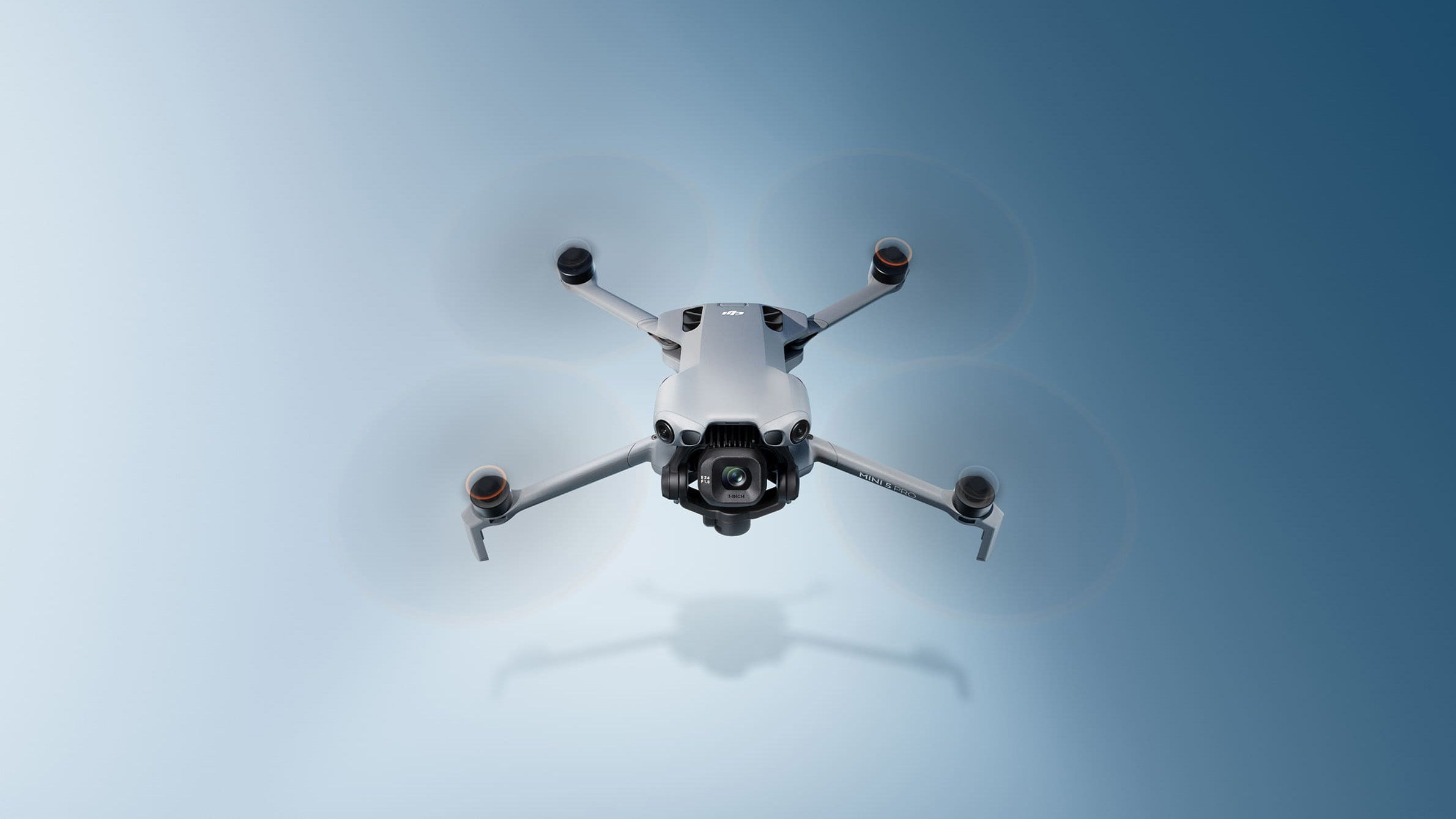At the end of April 2021, the new EU regulation 2021 664 was published, which lays the legal basis for the certified category. In this blog a short introduction.
What is the certified category?
Where private individuals fly in the open category and some companies will have to choose the specific category in, for example, the case of flying in a CTR or port, there is a third category for drone operations. The certified category is intended for the most risky operations with unmanned aerial vehicles.
What kinds of operations fall into the certified category?
Operations in which people and hazardous substances are transported may not be carried out in the open or specific category. Operations that have a GRC (ground risk class) of 8 or higher in the SORA analysis are also referred to the certified category. Finally, operations with a SAIL level V and VI will also fall under this category.
Type of operations, that are currently analyzed in business cases:
- Transport of persons (taxi)
- Transport of goods (such as parcels) by air
- Transport of dangerous goods by air
Its success will partly depend on the possibilities and limitations for companies. The big advantage of air transport is no traffic jam. On the other hand, there are always aircraft limitations and no-fly zones. This will differ per country, which seems to make a level playing field impossible for drone companies in Europe.
EU regulation 2021 664
This new regulation paves the way for national governments and companies to prepare for future operations in U-space airspace. U-space is a new airspace class that's integrated in every airspace class (A-G).
UAS operators are active in U-space with mandatory support from Air navigation service providers (ANSPs) and designated U-space service providers (USSPs).
Excluded from U-space
Model aircraft clubs and associations and users from subcategory A1 are explicitly excluded from this regulation.
The basis
To set up U-space, each country needs in any case:
- Legal framework
- Certified Operators
- Certified unmanned aircraft
- U-space air space (areas, corridors between areas)
- U-space providers
- Air traffic management (ATM) for U-space
We will get more details about this in a number of EASA publications.
Still a long way to go
More legal framework is on its way, like aircraft certification, U-space airspace and law enforcement. Everything should be ready by the end of 2025. Then the first real flights will start, provided they have been approved. A big moment for Urban Air Mobility.





Share:
New release: DJI Air 2S
Application A1-A3